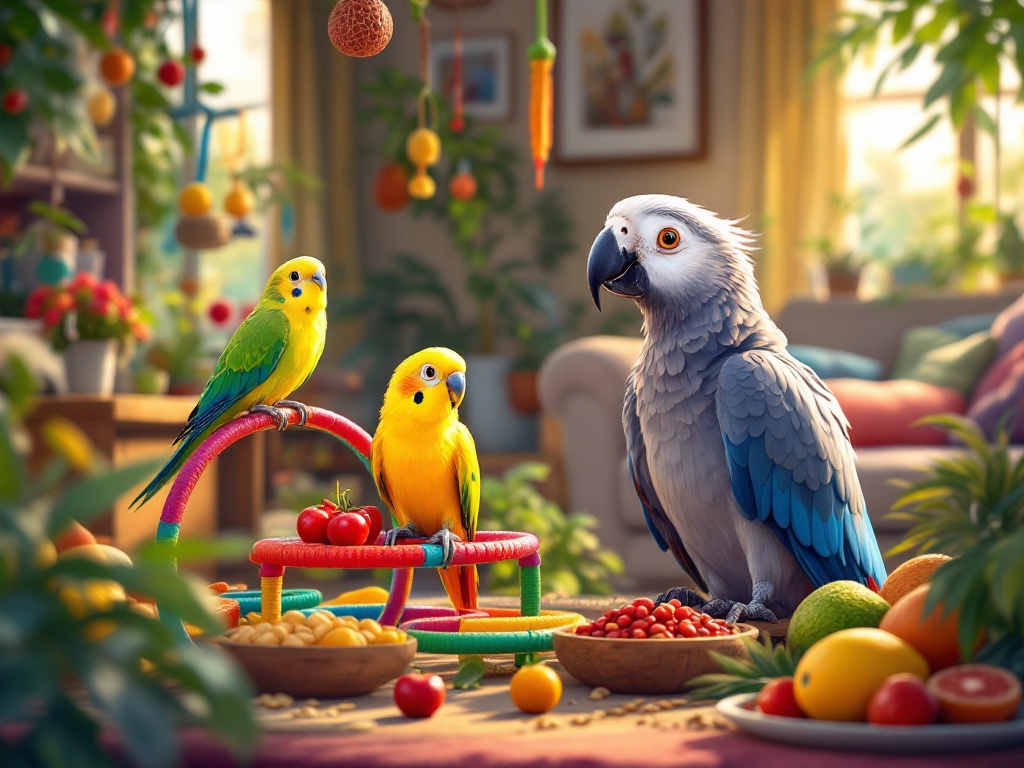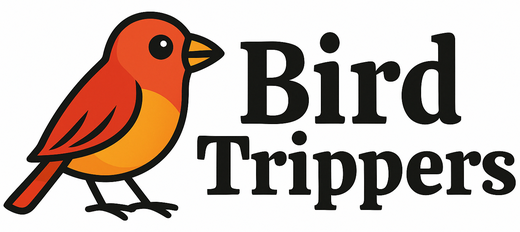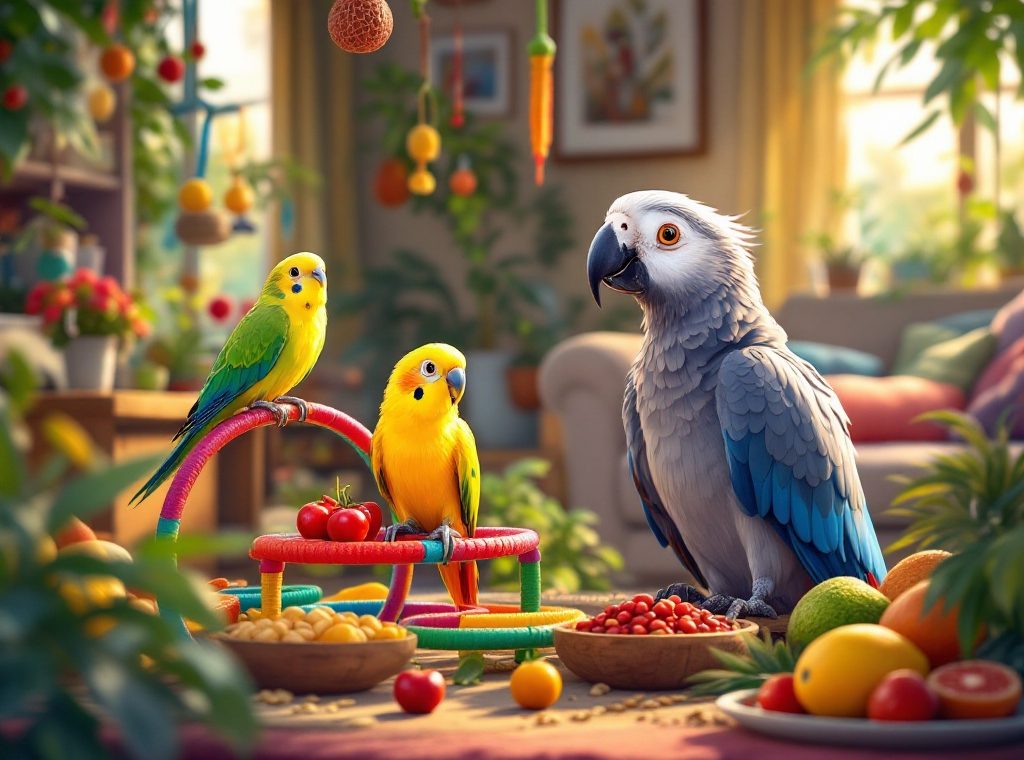Best Parrots for a Pet: A List of Breeds
Want a feathered friend? Discover the perfect parrot for your lifestyle! From playful budgies ideal for apartment living to intelligent African Greys with impressive lifespans, this guide explores various breeds, highlighting their unique personalities and care needs. Learn about dietary requirements, training tips, and the importance of social interaction. Find your ideal companion and embark on a rewarding journey of parrot ownership!
Important information

- Parrots require significant social interaction and mental stimulation for their well-being. Lack of these can lead to behavioral problems.
- Lifespans vary greatly by breed, from 5-10 years for budgies to potentially over 50 years for macaws. Consider this long-term commitment.
- Specialized diets, large cages, regular veterinary checkups, and toys contribute to the cost of parrot ownership.
- Regular exercise outside the cage, including flying and climbing, is crucial for physical and mental health.
- Researching breed-specific needs is essential before choosing a parrot, as personality, size, and care requirements differ greatly.
Best Parrots for a Pet: A List of Breeds
Budgies are small, playful, and easy to care for, making them ideal apartment companions. These colorful birds can even learn tricks and typically live for 5 to 10 years.
Cockatiels, recognized by their distinctive crests, are gentle and relatively quiet. They enjoy social interaction and can mimic sounds, often appealing to first-time bird owners. Their lifespan is generally 15 to 20 years.
Conures, a diverse group of small to medium parrots, are energetic, playful, and intelligent. These vibrant birds, including the sun, green-cheeked, and blue-crowned varieties, also live for 15 to 20 years and can learn tricks.
Parrotlets may be tiny, but they possess bold personalities. Playful and intelligent, they can nip if not properly socialized. Their lifespan is typically 15 to 20 years.
Quaker parrots, also known as Monk parakeets, are small, adaptable, and playful birds. They enjoy interaction, mimic speech, and bond closely with their owners, living for 20 to 30 years.
Senegal parrots are playful, curious, and known for their green and orange feathers. These medium-sized parrots can be independent and may “bluff” during adolescence, living approximately 25 to 50 years.
Caiques are energetic and playful birds known for hopping and “surfing” rather than flying. They require significant attention and boast a lifespan of 40 to 50 years.
Exceptionally intelligent, African Greys are renowned for their ability to mimic sounds and clearly speak. These birds require mental stimulation and social interaction, living an impressive 50 to 80 years.
Visually striking Eclectus parrots exhibit distinct sexual dimorphism: males are green, while females are red and purple. Gentle and affectionate, they have specialized dietary needs and live for 30 to 50 years.
Amazon parrots are vibrant, talkative, playful, and social birds that come in various colors. These engaging companions have a lifespan of 25 to 75 years.
Affectionate and cuddly cockatoos crave social interaction and attention. If unhappy, they can be destructive. Their lifespan ranges from 30 to 70 years.
Large and striking, macaws boast vibrant feathers and long lifespans, living 30 to 100 years. These intelligent birds can learn tricks but require ample space and specialized care.
Budgerigars: Ideal First-Time Parrots
Cockatiels: Affordable and Accessible Pets
Conures: Popular and Space-Friendly Parrots
Parrotlets: Clever and Playful Small Parrots
Quaker Parrots: Small and Entertaining Birds
Senegal Parrots: Playful and Curious Medium-Sized Parrots
Caiques: Lively and Athletic Companions
African Greys: Intelligent and Stimulating Companions
Eclectus Parrots: Visually Striking and Gentle
Amazon Parrots: Vibrant and Interactive Pets
Key Aspects of Amazon Parrot Care
- Social Interaction: Provide regular interaction and playtime to nurture their social needs.
- Enrichment: Offer puzzle toys, foraging activities, and training to prevent boredom.
- Lifespan: Be prepared for a long-term commitment, as they can live for 25 to 50 years.
Essential Needs
- Diet: Offer a varied and nutritious diet to maintain their health.
- Housing: Provide a spacious cage with plenty of room to move and play.
- Toys: Ensure a variety of toys to keep them entertained and mentally stimulated.
Cockatoos: Affectionate but Demanding Parrots
Macaws: Spectacular Animals for Experienced Owners
Factors to Consider When Choosing a Pet Parrot
Bringing a parrot into your life is a significant decision, impacting both you and your feathered friend. A successful parrot-owner bond hinges on several key factors. Before welcoming a parrot home, consider these essential points.
Breed Personality and Lifespan
Each parrot breed has a unique personality, ranging from playful to reserved. Their lifespans also vary considerably, with some living for decades. This long-term commitment requires careful consideration of the associated costs, including food, veterinary care, and cage maintenance, which can be substantial.
Dietary Needs and Enrichment
Parrots thrive on a specialized diet of pellets, fresh produce, and nuts. Training and socialization are crucial for a happy, well-adjusted parrot. Mental stimulation through toys, puzzles, and regular interaction is vital for their well-being.
Space and Noise Considerations
Consider the parrot’s size and whether you have adequate space. Noise levels differ between breeds; some can be quite vocal.
Breed-Specific Research
Research the specific needs of each breed, as their requirements vary. Choosing the right parrot is a decision that deserves careful thought and preparation.
Parrot Behavior and Personality Traits
Parrot Companionship and Lifestyle Considerations
Some parrot species are known for their affectionate companionship, including lovebirds, cockatoos, and Amazons. African Greys and Eclectus parrots also form strong bonds with their owners. Remember that each bird has a unique personality, and early socialization plays a crucial role in raising a well-adjusted pet.
Parrots can thrive in family environments with proper introductions to children and other pets, along with careful supervision. Playful and adaptable breeds like Quakers and Caiques can be particularly good with children under supervision.
Bringing a parrot into your life is a significant, long-term commitment. These intelligent birds can live for decades, requiring consistent care, financial investment, and daily interaction. Consider the time commitment needed for enrichment, socialization, and veterinary care, as well as their social needs and potential noise levels. These are vital lifestyle factors to weigh before welcoming a feathered friend into your home.
Affectionate and Companionable Parrot Breeds
Compatibility with Family and Other Pets
Long-term Commitment and Lifestyle Implications
Parrot Care and Maintenance
Creating a comfortable home for your parrot is the first step. A spacious cage with diverse perches, varying in size and texture, is essential for their well-being. Alongside food and water bowls, toys offer crucial mental stimulation, while a cuttlebone provides essential calcium. Place the cage in a safe, draft-free spot, away from direct sunlight and temperature extremes. Regular cleaning is vital for your parrot’s health.
Maintaining Parrot Health
Maintaining your parrot’s health requires proactive care. Regular check-ups with an avian veterinarian are crucial. These specialists are trained to diagnose and treat parrot-specific illnesses. They can also advise on preventative measures like vaccinations and parasite control. Finding a qualified avian vet *before* bringing a parrot home is highly recommended.
Importance of Exercise
Beyond a comfortable home and regular health checks, parrots also need regular exercise outside their cages in a safe, supervised area. Whether flying, climbing, or playing with toys, this activity prevents obesity and behavioral issues, contributing to their overall physical and mental health.


















